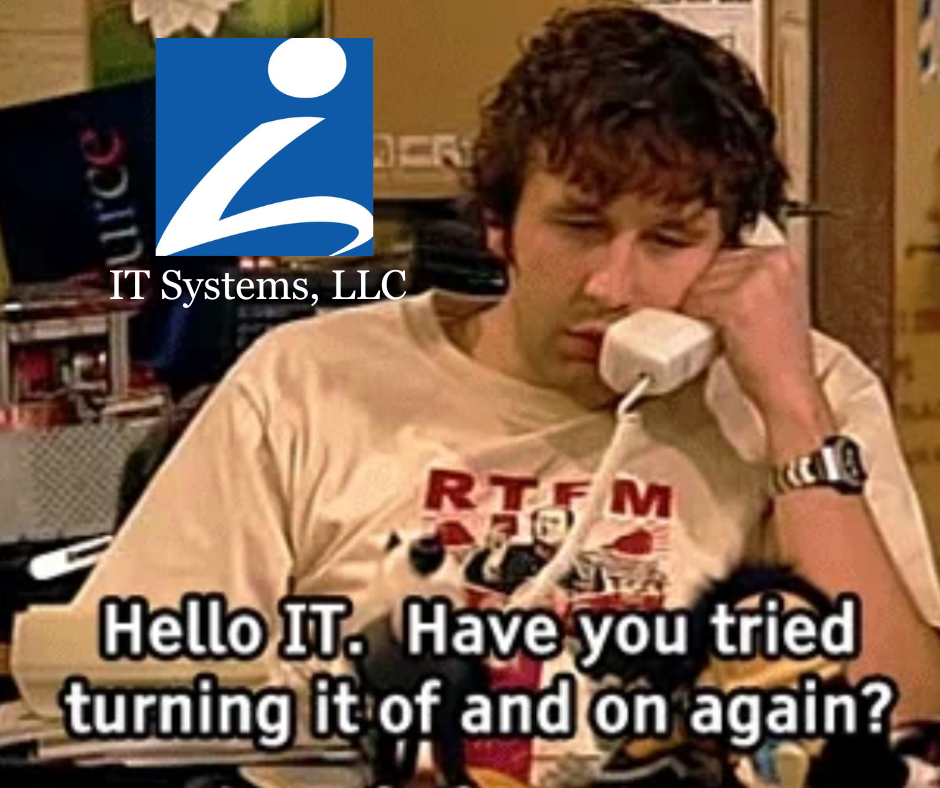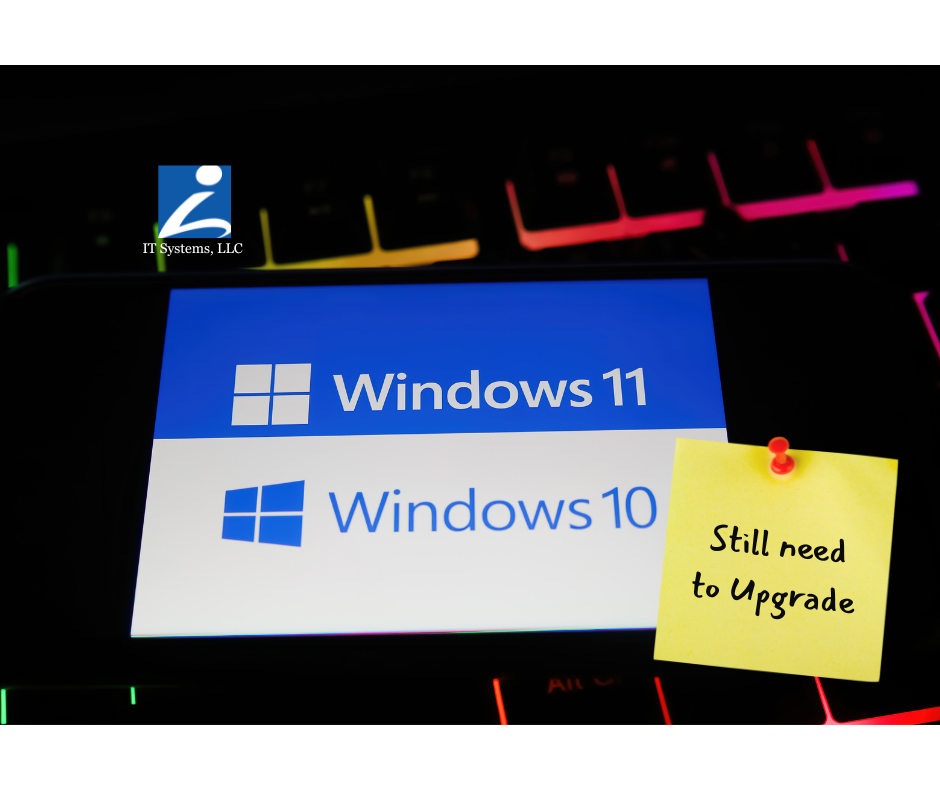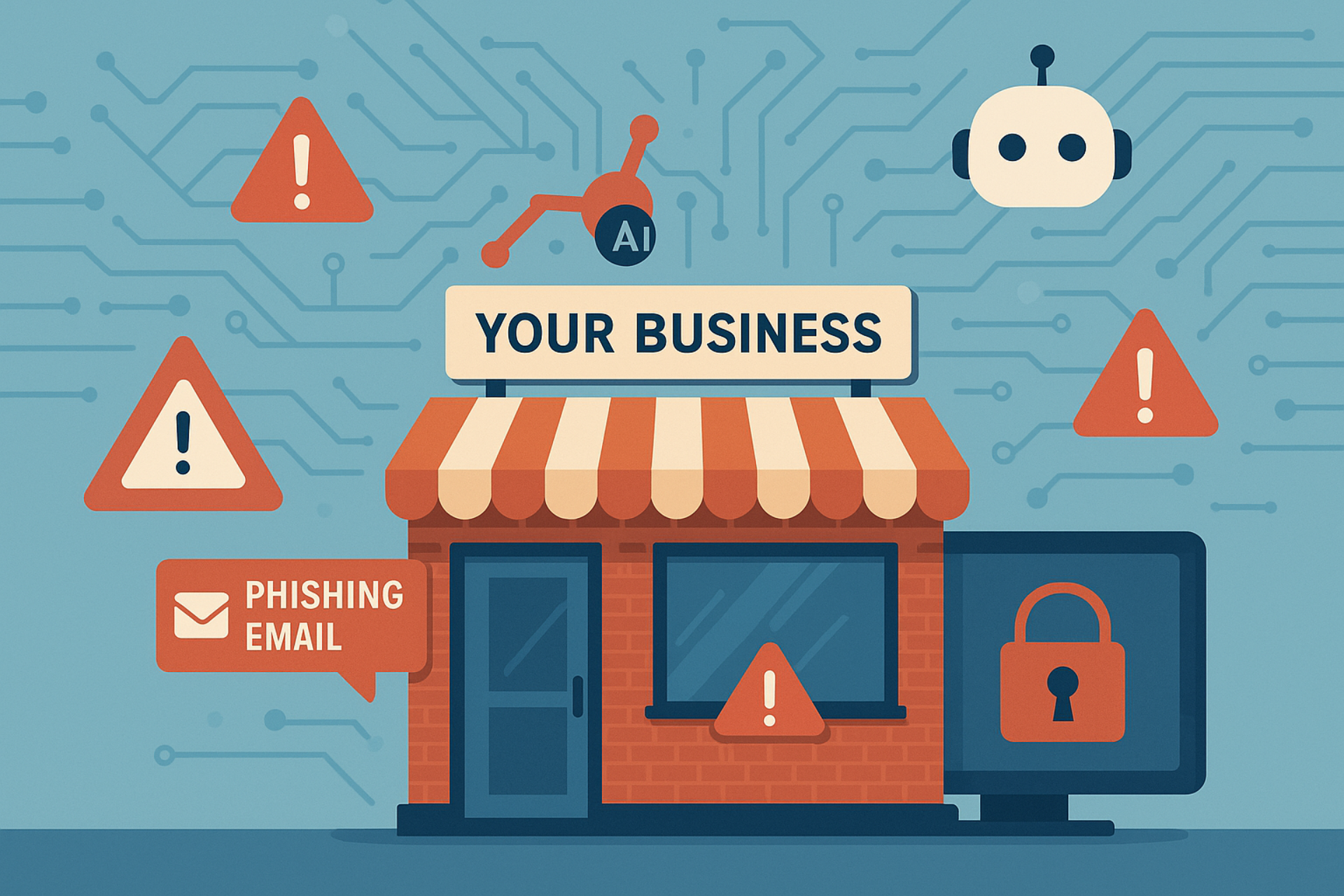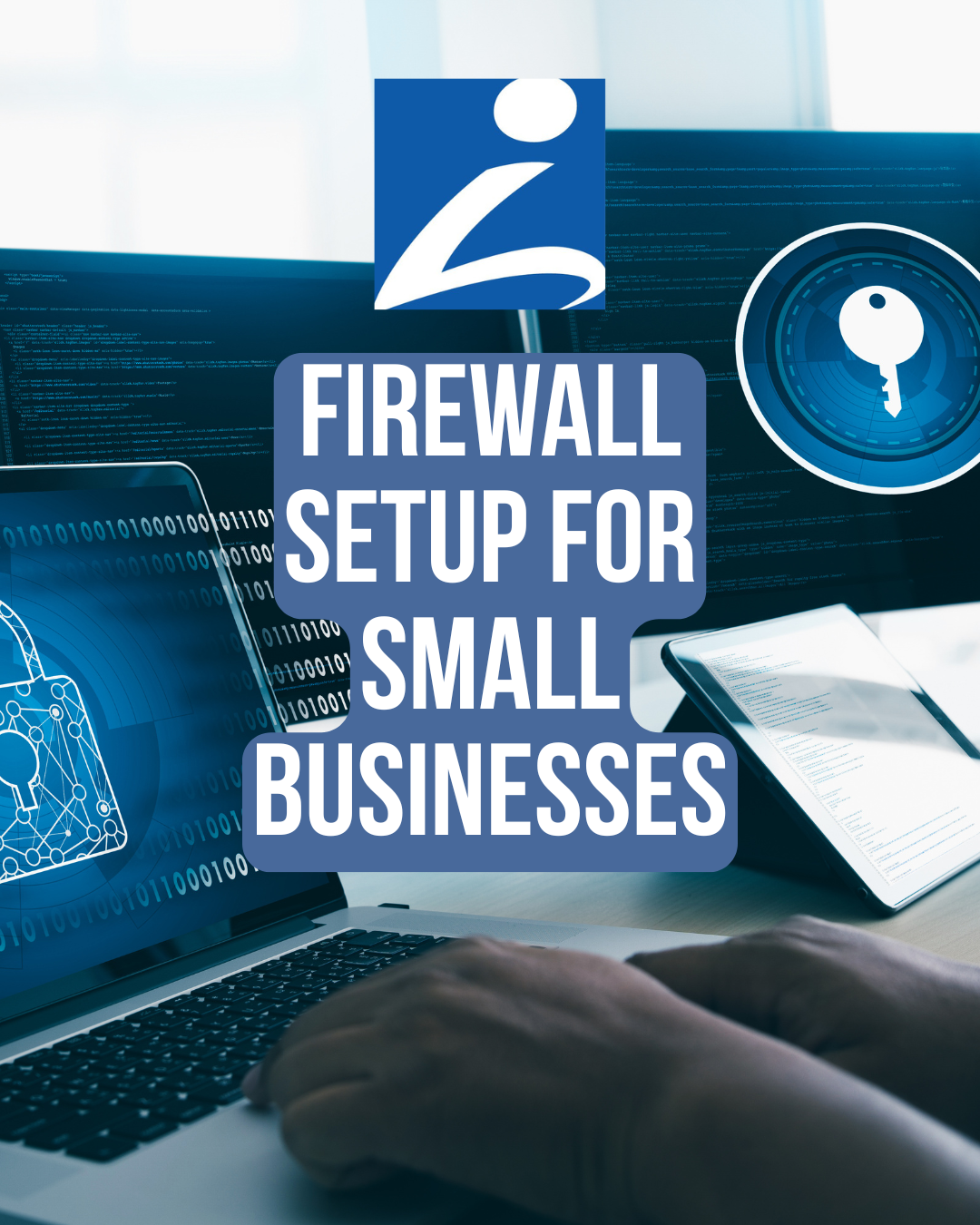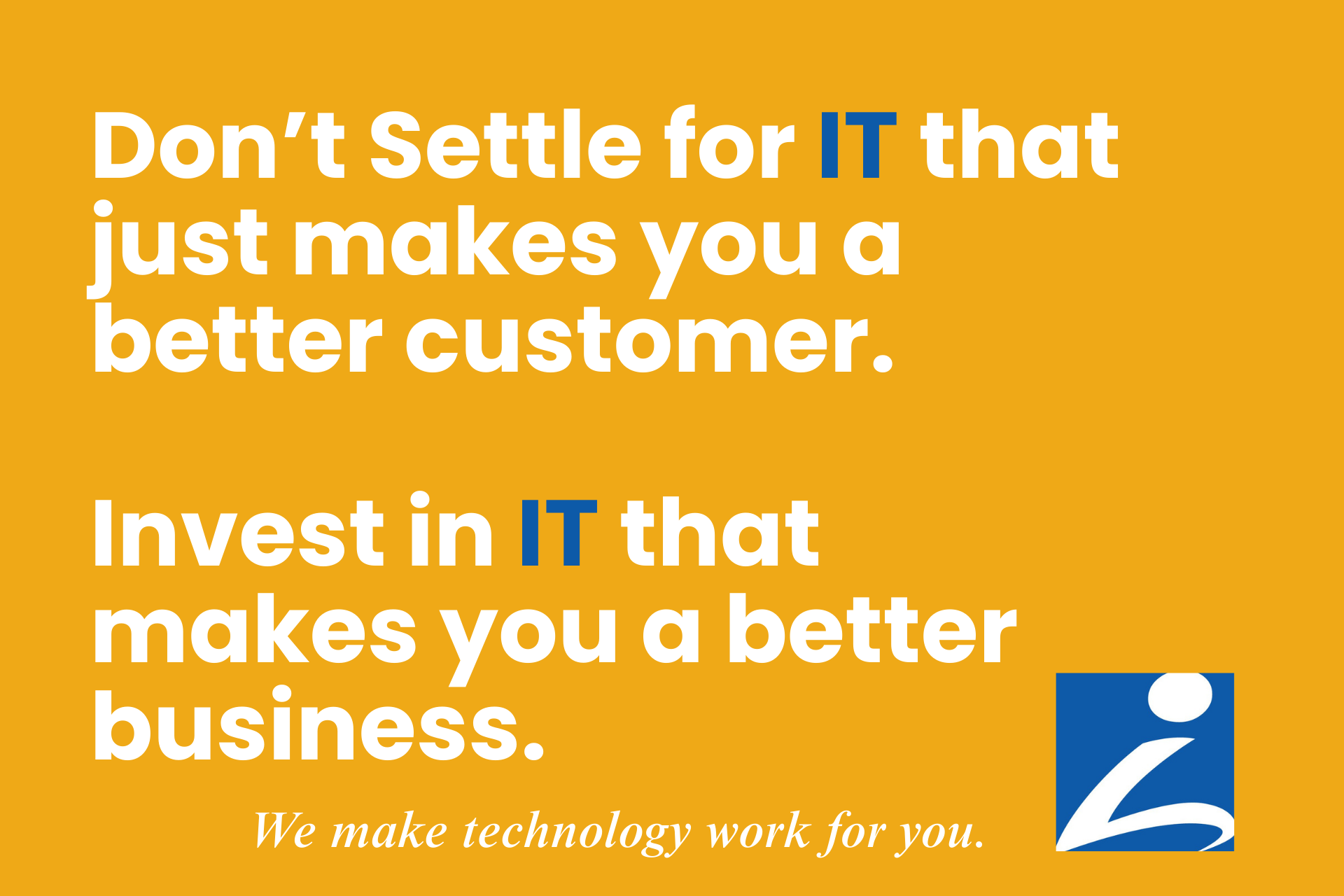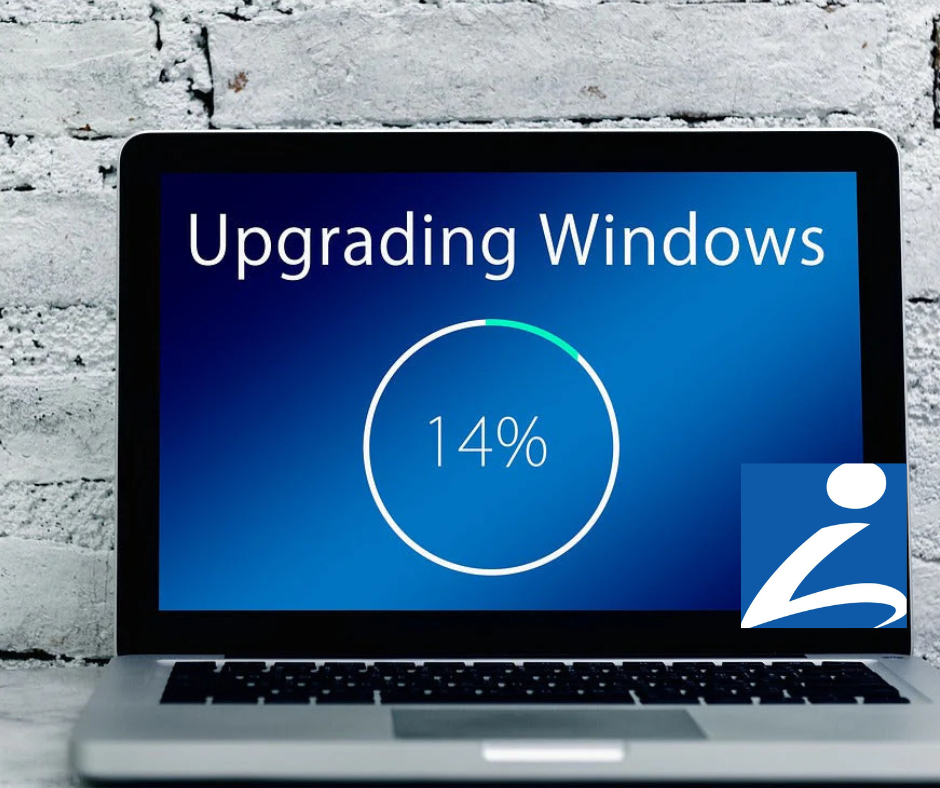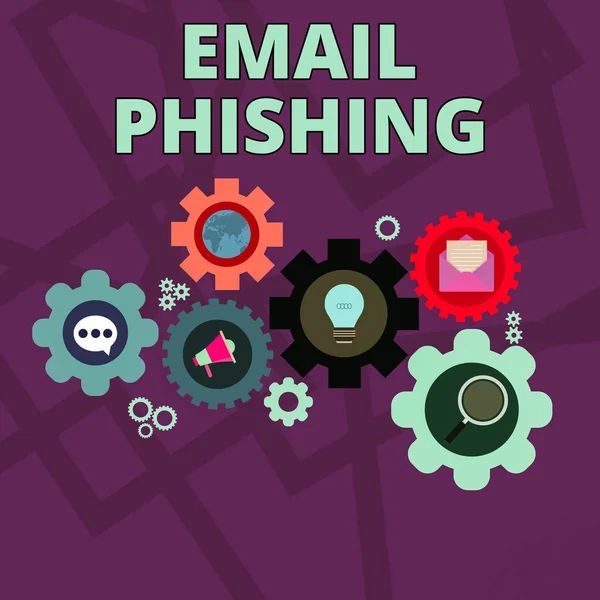
It looked like a normal email—maybe a shipping update, a password reset, or even a message from “Microsoft” saying your account had suspicious activity. Your office manager clicks the link, logs in to "verify" their account, and suddenly…
Boom.
Your network’s compromised.
And you’re looking at a
$150,000 loss—on average.
Sound dramatic? It’s not. It’s reality for nearly 2 out of 3 businessesthat fall victim to phishing scams every year. And the kicker? These emails don’t even look suspicious anymore.
Welcome to cybersecurity in 2025. Phishing emails have grown up, and they’re not wearing hoodies or sending you weird Nigerian prince messages anymore. They look like everyday work emails—and that’s exactly why they’re so dangerous.
Let’s walk through what’s happening, how it can impact your small business, and what you can do to avoid becoming the next "oops" story.
Not Your Grandma’s Spam Email
Remember the good old days when spam emails were laughably bad? Weird grammar. Obvious typos. Strange fonts. You’d read them and think, “Who would fall for this?”
Well, the scammers have evolved—and unfortunately, so have their emails.
Phishing emails today are polished, professional, and scarily convincing. They look like:
- A Microsoft 365 login prompt (that’s fake)
- An invoice from a vendor you actually use
- A package delivery update from UPS or Amazon
- A calendar invite from a familiar name—just slightly misspelled
Some are so well-crafted, they could pass as internal communications from your own team. And with the help of AI tools, these scammers can personalize, adapt, and automate their deception like never before.
Honestly, some of these emails are written better than actual corporate memos.
What’s the Big Deal? Just Ask the $150K
You might be thinking, “Okay, so someone clicks a bad link… then what?”
Well, here’s the “then what”:
- Hackers gain access to your inbox or shared drives
- They steal sensitive client data or financial info
- They launch ransomware and demand thousands to unlock your files
- They use your compromised email to trick your clients or team
- They install hidden backdoors to monitor your system for months
And then there’s the fallout:
- Legal liability
- Client trust erosion
- Fines (especially if you’re in healthcare or finance)
- Business downtime
- A massive dent in your bank account
The average financial loss from a phishing attack sits around $150,000. For most small businesses, that’s not just a bump in the road—that’s a potential shutdown.
And all of it can happen from one innocent click.
Because Antivirus Can’t Fix Poor Judgment
Here’s the truth: Your firewall can’t stop Becky in accounting from clicking a link she thought was from FedEx.
Technology helps—but your people are the front line. They’re the human firewall. And if they’re not trained, they’ll leave the digital door wide open.
That’s why training is not optional anymore.
Your team needs to know:
- What phishing emails look like (and how sneaky they’ve gotten)
- What red flags to look for
- Why urgency is often a sign of a scam
- What to do if they accidentally click something they shouldn’t
Let’s put it this way: if your employees can spot a fake handbag on Facebook Marketplace, they can absolutely learn to spot a fake Microsoft alert.
Cybersecurity Instincts Are a Thing
Phishing training isn’t about turning your staff into cybersecurity experts. It’s about developing a little thing we like to call “cyber instincts.”
You know that feeling in your gut when something seems off? Like when your Uber driver looks nothing like the profile picture? That’s what we want to cultivate—digitally.
Here’s how:
- Teach your team to pause before clicking
- Encourage them to hover over links to preview URLs
- Show them how to verify sender addresses
- Remind them: if it smells like panic, it’s probably a trap
That’s why we offer hands-on cybersecurity training for teams right here in Grand Rapids. Whether you’ve got five employees or fifty, we help your staff build habits that stick and instincts that protect. It’s practical, judgment-free, and tailored to the real threats your business faces every day.
You don’t need high-tech tools to stop phishing. You need a team that’s paying attention and trusting their gut.
Introducing the “Better Safe Than Sorry” Call
This is where we come in.
At IT Systems, LLC, we offer a free, no-pressure consult we call the Better Safe Than Sorry Call. It’s exactly what it sounds like—a short conversation to help you:
- Understand where your team might be vulnerable
- Get practical, non-technical tips you can implement right away
- Learn about tools and training to keep your business safer
- Ask us anything you’ve always wondered about email security (yes, even the dumb questions—especially those)
No jargon. No scare tactics. No sales pitch. Just a step-by-step walkthrough to help you breathe a little easier.
🛡️Book your Better Safe Than Sorry Call here →
Your Quick-Check Phishing Survival Guide
Need something you can screenshot and send to your team right now? Here’s our cheat sheet:
🚩 5 Red Flags of a Phishing Email:
- Urgent or threatening language (“Your account will be closed!”)
- Unfamiliar sender or strange email addresses
- Generic greetings (“Dear Customer” instead of your name)
- Links that don’t match the sender’s domain
- Attachments you weren’t expecting
Train your team to stop and check before they click. It’s the cheapest insurance policy you’ll ever invest in.
You Don’t Need to Be a Cybersecurity Expert—Just a Little Paranoid
The bad guys are counting on you to be too busy to notice.
Too trusting to question it.
Too distracted to double-check.
But you don’t have to fall for it.
Train your team. Slow down. Think twice.
And when in doubt? Don’t click.
Need help getting started? That’s what we’re here for.
👇
📞Book your free “Better Safe Than Sorry” call now
Because protecting your business shouldn't be a gamble.

